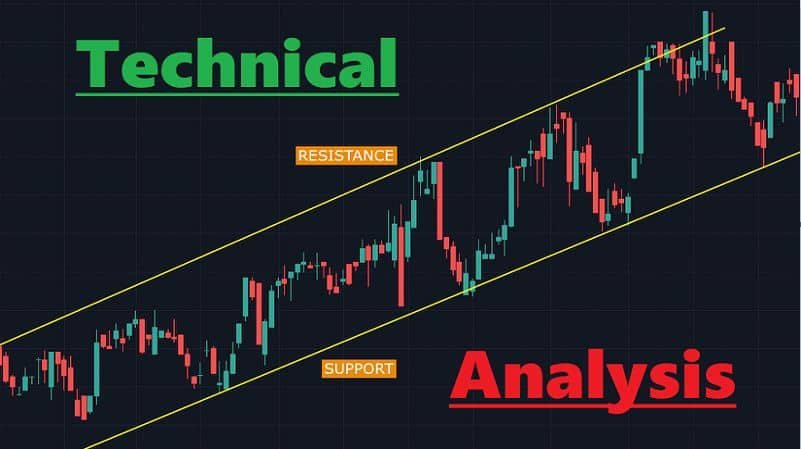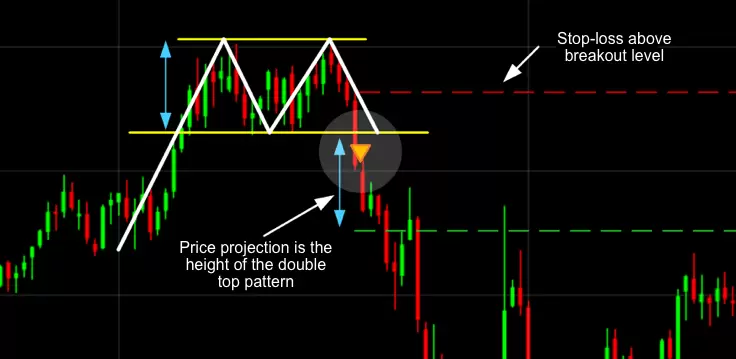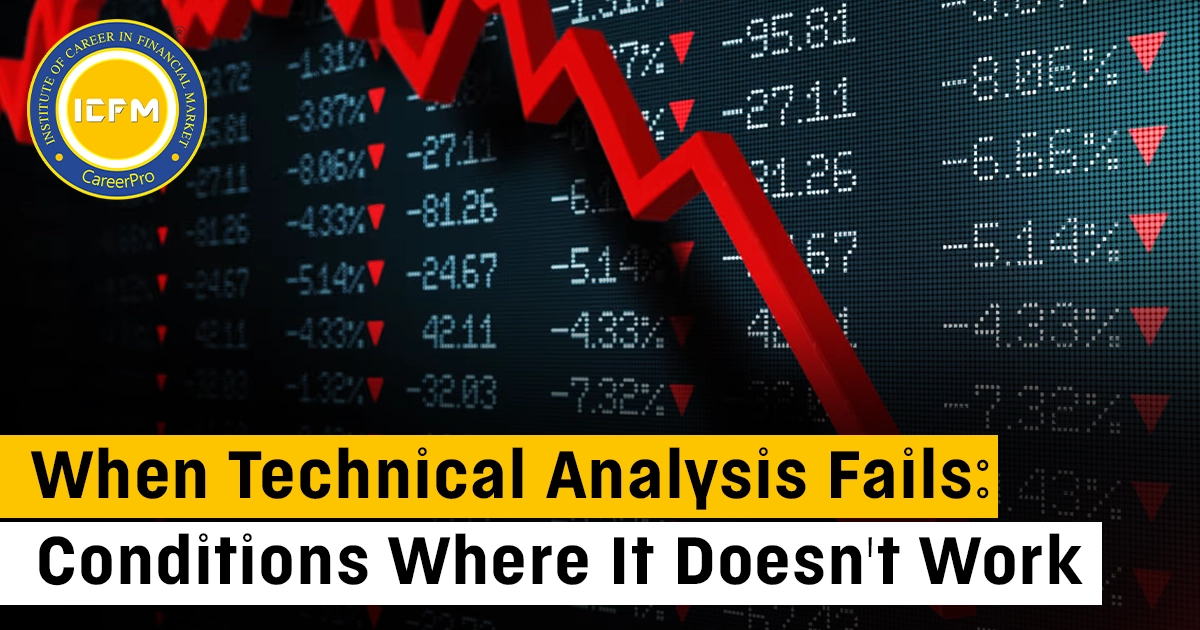Common Mistakes in Technical Analysis
Technical analysis (TA) is a powerful tool for traders and investors, but even experienced traders can make common mistakes that lead to missed opportunities or losses. In this blog, we’ll highlight the most frequent TA errors and share tips on how to avoid them.
1. Trading against the main trend - The biggest common mistake is trading against the bigger trend. Most traders spend more time on short-term signals while ignoring the trend.
2. Over-Dependence on Single Indicators—Relying too much on a single technical indicator, such as the RSI or MACD, creates a false sense of security. Indicators are not foolproof and tend to give false signals when used in isolation.
3. Failure to Employ Stop-Loss Orders—A common mistake is failing to place stop-loss orders or setting them too wide, leaving the trader vulnerable to risks and enormous losses.
4. Chasing the Market - Entering a trade after observing prices move sharply in one direction is a mistake that most traders make. This is sometimes called "chasing" the market.
5. Overtrading - Overtrading is when a trader enters too many positions, mostly due to a misconception that they should always be in the market. This is sometimes caused by FOMO.
6. Lack of Understanding Market Situation - In most cases, there will be a failure to consider the global situation of the market, market fluctuations, or even current happenings in the world which may greatly influence market moves.
7. Optimistic Over - Optimistic Optimization of Strategies IN excess optimization of technical strategies by looking at historical data has always given a false security blanket. This is generally called "curvefitting," and involves over-optimization by fitting strategies too tightly with past market conditions for failure in real time.
8. Risk-to-Reward Ratios - failing to adequately assess the risk-to-reward ratio of trades leads to poor decision-making. A trade may have a high probability of success but, if the potential reward is not justified by the risk, it should not be undertaken.
9. Ignoring Market Sentiment - Not considering the psychological aspect of trading—market sentiment—is another common pitfall. Prices are often driven by emotions such as fear and greed, not just fundamentals or technical.
10. Lack of consistent Review and Adaptation - Some traders fail to regularly review their trades and adapt their strategies based on performance.









